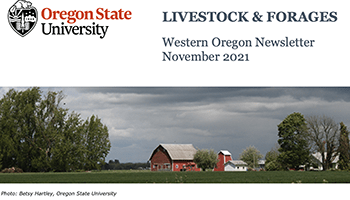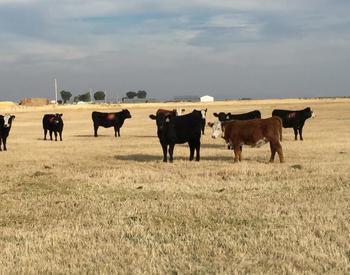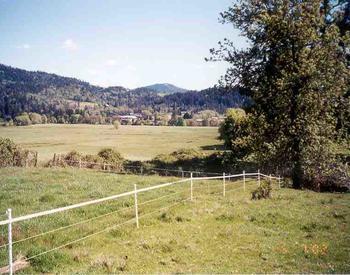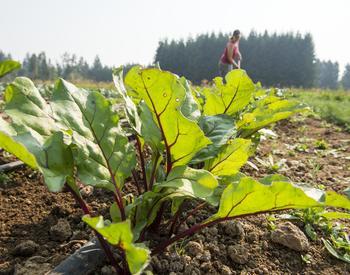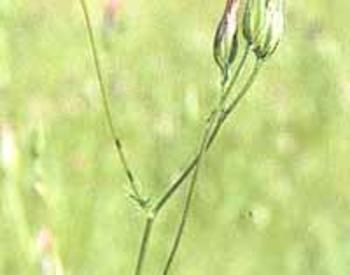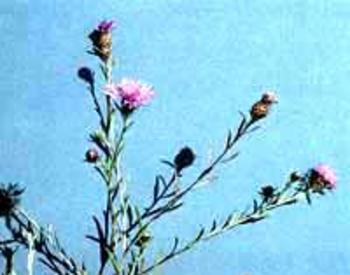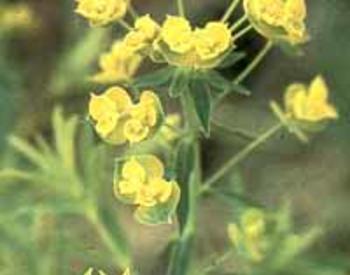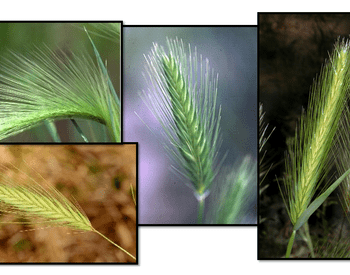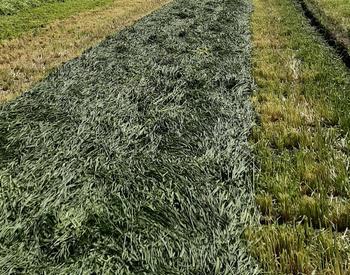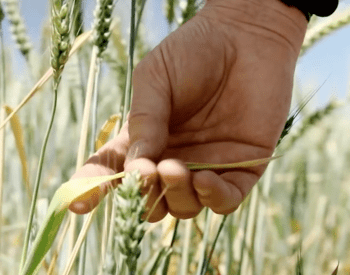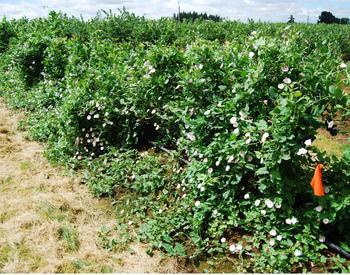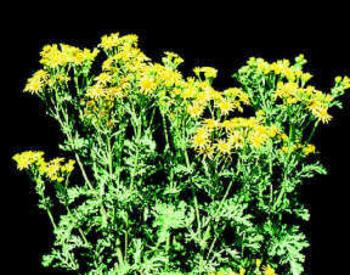When winter approaches, it’s time to check your weed control plans. Noxious weeds are best controlled if you track them carefully. Here are a few tips to get you started.
Make a list and a map of the weeds on your property
List weeds that trouble you the most, including any strange weeds that are totally new. For large acreage, make a map of where you find the weeds. This will help you monitor the infestation as you apply different weed control strategies. Some weeds you won’t know the name for but list them the best you can anyway. Your map can be something as simple as a crude drawing of your farm or it can be more detailed like an interactive map found on the Internet, such as the NRCS Web Soil Survey.
Get positive identification and the official name of your weeds
Knowing the actual scientific name or official common name will help ensure that you match control methods with the correct plant. Several online plant identification apps, such as those evaluated by Michigan State University, have grown in popularity. Use caution with those apps as it is easy to incorrectly identify plants with them.
You could also take a photo of the plant and email it to our Ask an Expert. Submit several photos of the weed including close-ups on a contrasting background, parts of the plants, the whole plant and the plant where it is currently growing (see images).
You may also bring weed samples into your local OSU Extension office for identification. Collect the entire plant, if not too large, roots to flowers, and place it in a bag. If the plant is fresh and green, wrap the root end in a slightly moist paper towel and place it in a plastic baggie; one sample per bag. See if you can find fresh growth and dried specimens from last season.
Learn when and how the weeds grow
Once you know what the weeds are, ask Extension personnel about how they grow. Information on the life cycle, appearance at different times of the year, and how the weed spreads all help to determine the best control methods for that particular weed.
Use an old calendar and list what time of the year:
- Flowers are observed (easy to see and identify).
- Seeds germinate or dormant plants start to regrow.
- Weeds switch from vegetative growth (new growth) to reproductive growth (bolting and prebloom to full bloom).
These different phases of growth can be matched to a whole toolbox of control methods, better known as integrated pest management. Keep the calendar handy so that each month you know what control method to apply. There is nothing worse for control than to see the flowers of a weed that remind you that you missed a control opportunity in the previous month!
This weed mapping and weed calendaring are two activities important to tracking weeds so that you can properly control them. Contact the Extension Service for more information on weeds and different control methods.
